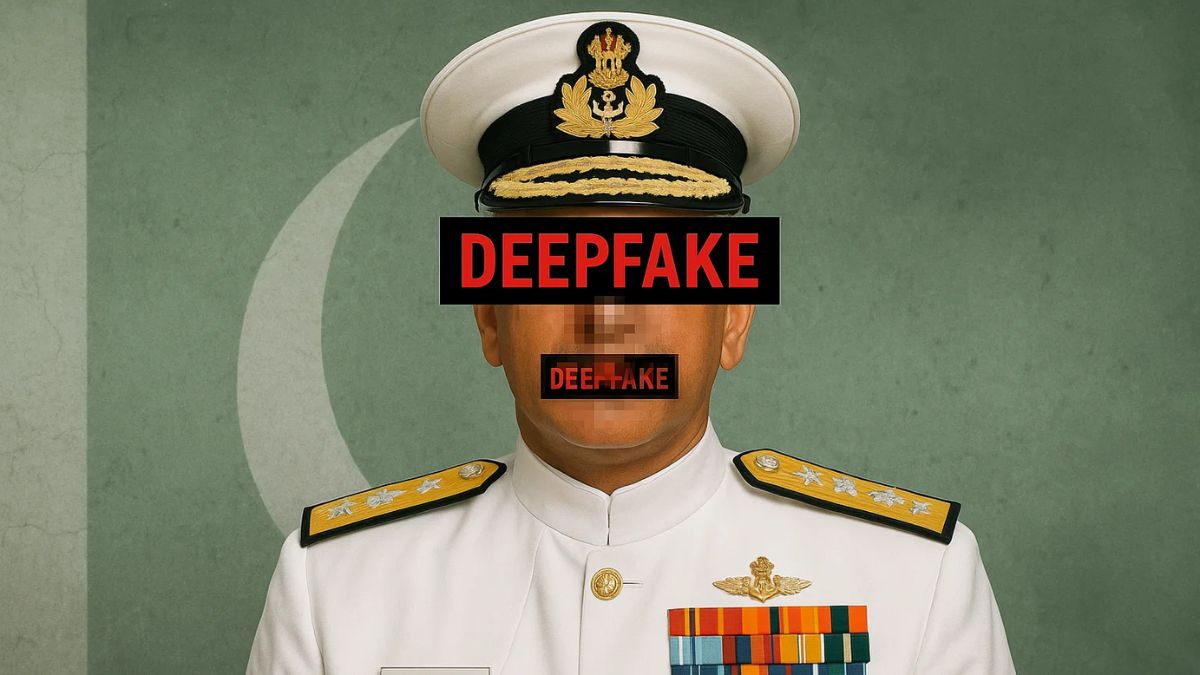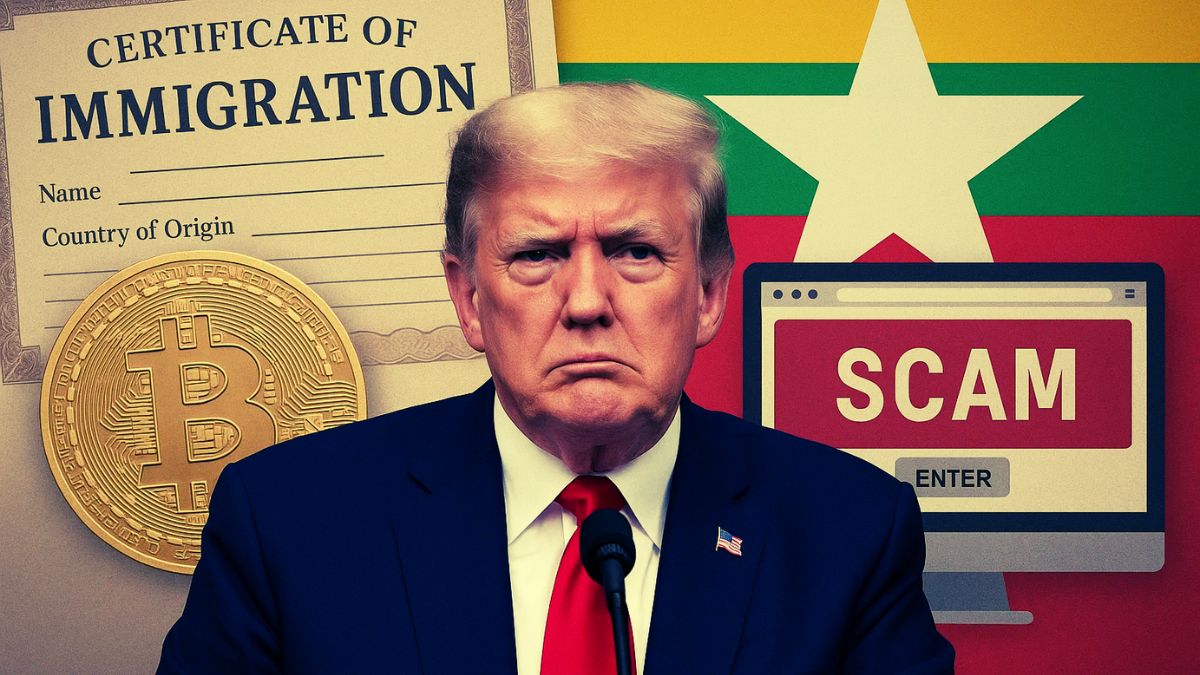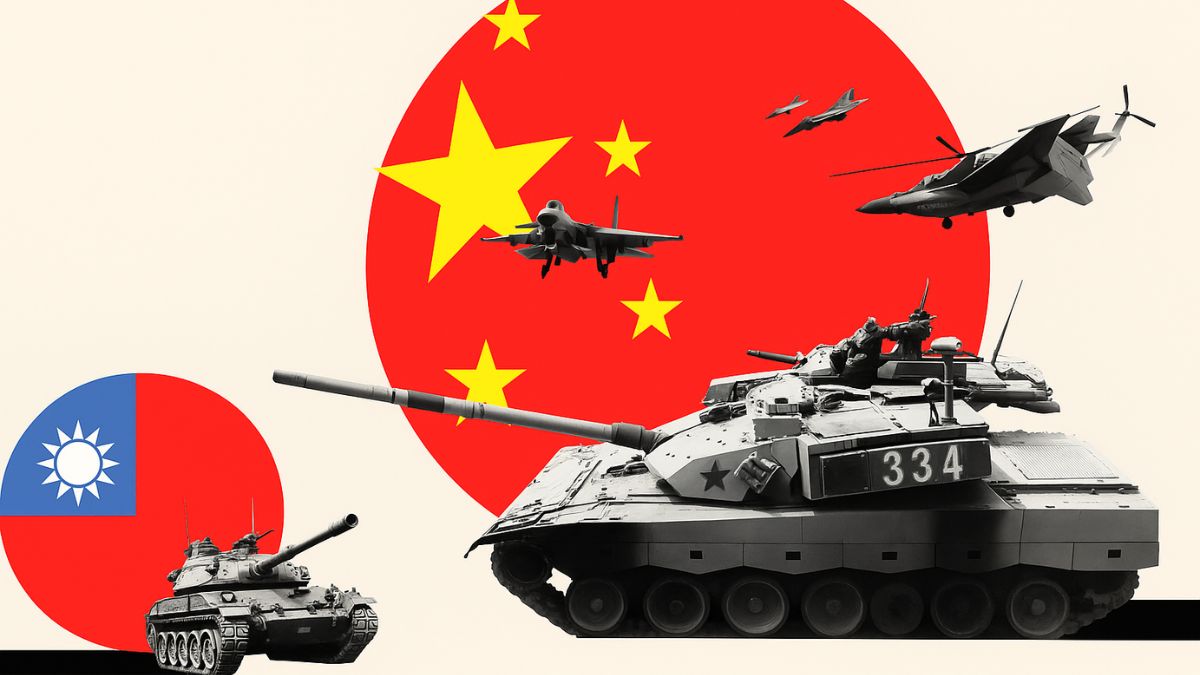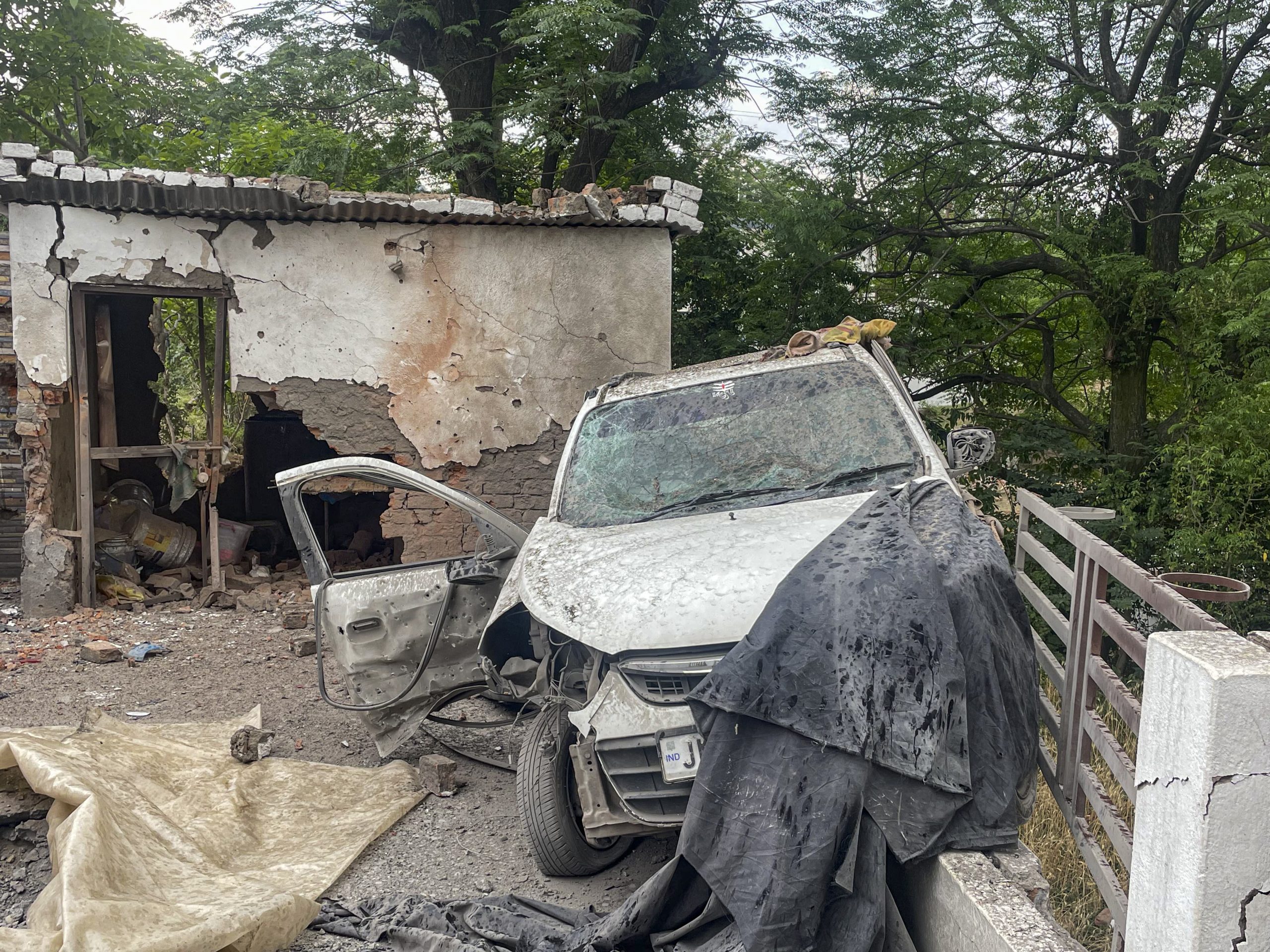Next Trip To Doklam, Cho-la? Army Lists Strategic Locations As ‘Shaurya Gantavya’ Sites For Warfront Tourism
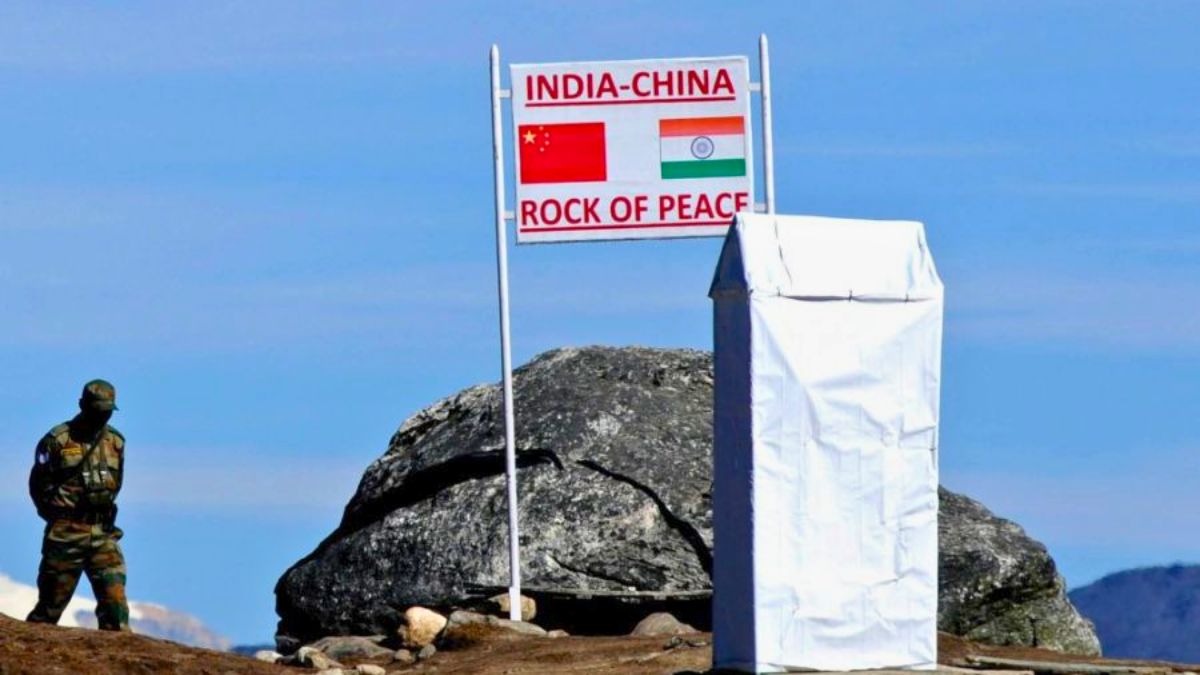
The initiative has been designed to promote 'war tourism' by allowing citizens to visit key military flashpoints. Image courtesy: Bharat Rannbhoomi Programme
If you are someone who likes to see and experience places and sites of national interest, there is some good news for you. Starting October 1, 2025, Indian tourists will be able to visit Doklam and Cho-la – two highly sensitive and strategic locations near the India-China border in Sikkim.
The decision was announced through a notification issued earlier this week on September 23, 2025 by Sikkim Chief Secretary R Telang. The move is part of the Indian Army’s new ‘Bharat Rannbhoomi Darshan’ initiative, which aims to open historic battlefronts near international borders for public visits, blending tourism with national pride.
What is the ‘Bharat Rannbhoomi Darshan’ programme?
The initiative has been designed to promote “war tourism” by allowing citizens to visit key military flashpoints. In Sikkim, four locations have been identified under this theme, which include Doklam, Cho-la, Nathu-la, and Gurudongmar Lake. While the latter two are already open to tourists, Doklam and Cho-la are new additions.
Similar “Shaurya Gantavya” (destinations of valour) have been designated in Arunachal Pradesh, Ladakh, Jammu & Kashmir, Rajasthan, Punjab, Gujarat, and Uttarakhand. In West Bengal, Hili in South Dinajpur has been included for its role in the 1971 India-Pakistan war.
Why is Doklam strategically significant?
Doklam is a plateau at the tri-junction of India, Bhutan, and China. It lies close to the Siliguri Corridor – India’s narrow “chicken’s neck” that connects the Northeast with the rest of the country. Any threat in Doklam poses a risk to this crucial lifeline. The area gained national attention in 2017 when Chinese troops attempted to build a road in Bhutanese territory.
India, bound by a security pact with Bhutan, intervened, leading to a 73-day military standoff. The construction was eventually halted.
What is the historical importance of Cho-la?
Cho-la is a mountain pass that saw fierce clashes between Indian and Chinese forces in October 1967. On October 1 that year, Chinese troops attempted to intrude into Sikkim. Indian forces retaliated swiftly, pushing them back nearly 3 km in a one-day skirmish.
How will tourist access be managed for these sites?
To maintain control and security, only 25 tourist vehicles and 25 bikers will be allowed daily to both locations. Each visitor must carry a valid voter ID and pay Rs 1120 as a permit fee for entry into the designated wildlife habitat zones. The permits will be issued by the state tourism and civil aviation department in coordination with other agencies.
The visit will be organized as a two-day tour. Tourists must stay in homestays at locations like Kupup, which falls on the route. Transport costs will be Rs 12,000 for luxury vehicles and Rs 11,000 for other SUVs.
Security and monitoring will be jointly handled by the Indian Army’s 17th Mountain Division, the Sikkim Police, and the state tourism and civil aviation department.
Besides their strategic and historical relevance, Doklam and Cho-la offer panoramic Himalayan views and serene landscapes. Officials believe the combination of military history and natural beauty will create a powerful pull for travellers.

